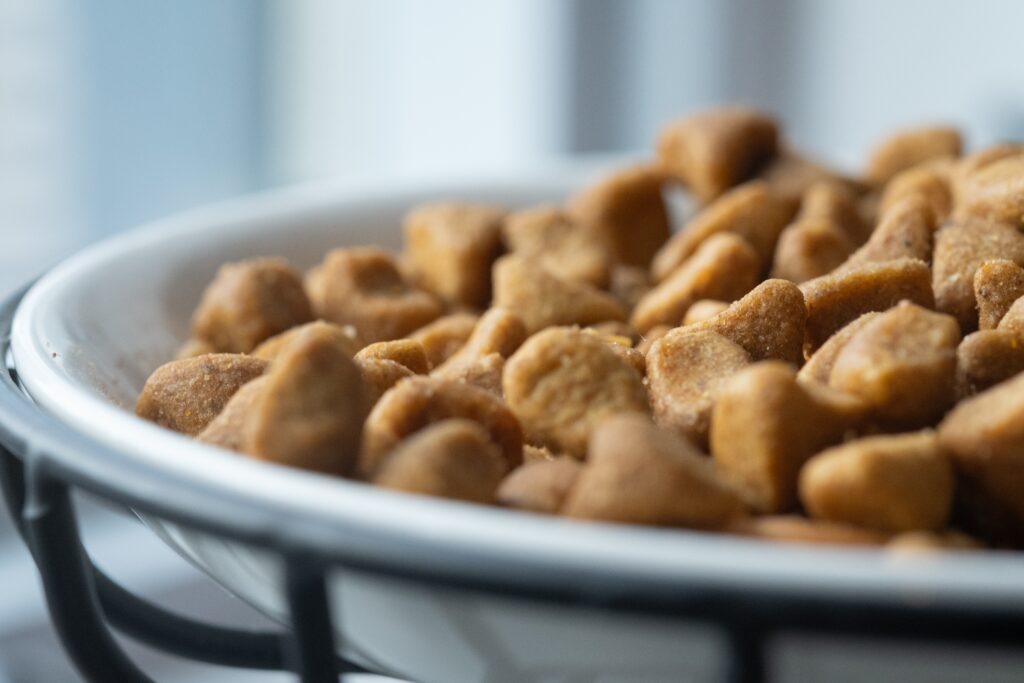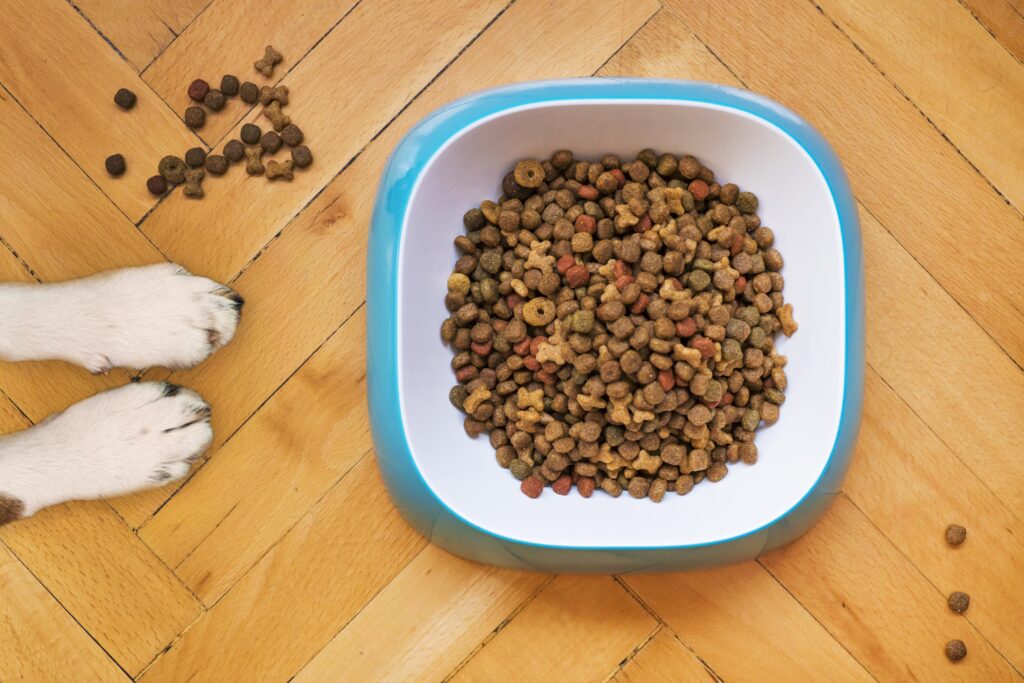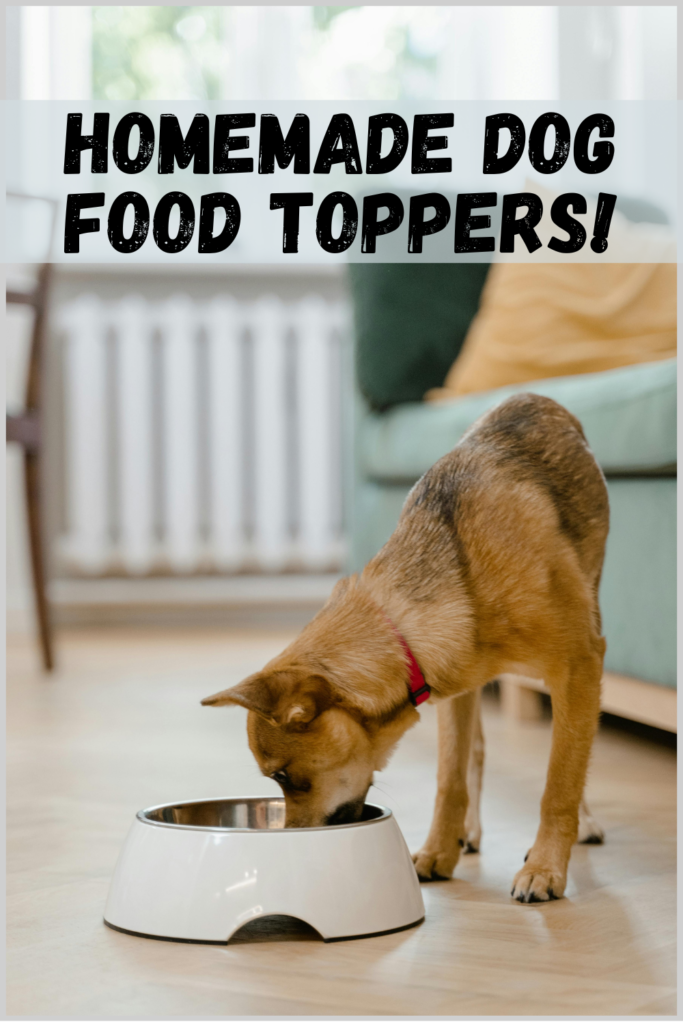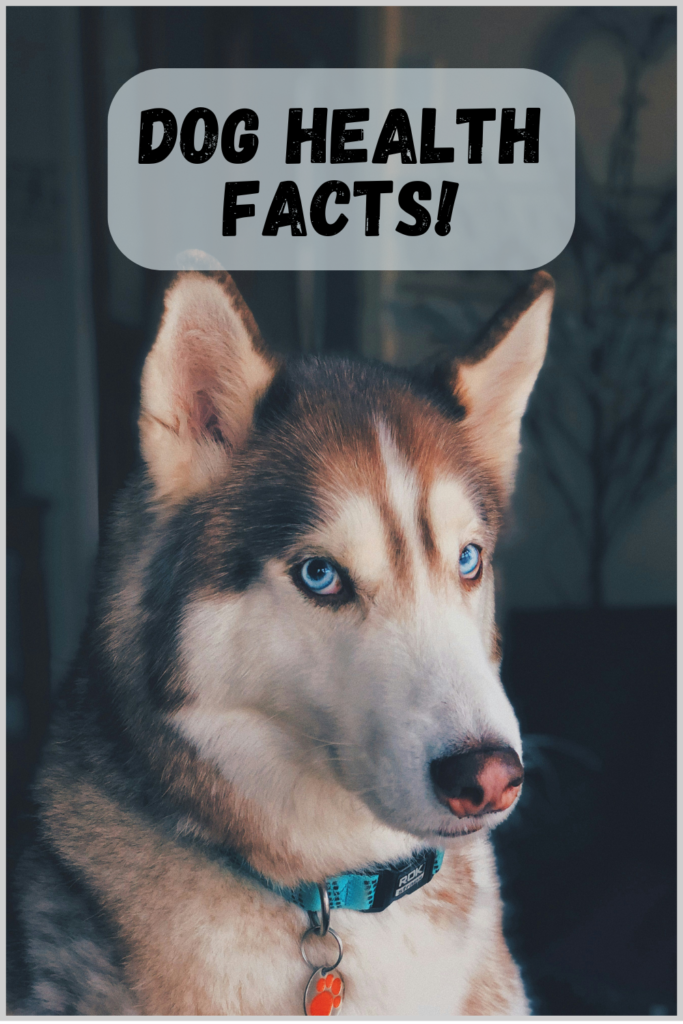
Unleashing the Truth: Is a High Protein Diet Good for Dogs?
Is a high protein diet good for dogs? It is a question that gets tossed around often in the dog nutrition world without any detailed answers. Though protein is essential for your dog’s optimal nutrition and health, is feeding them a high-protein diet really what they need? Are there times when giving a high-protein diet might be hurting their health? The short answer is… most of the time no. You should not be giving your dog a high protein diet, but more to come!
As always, we strive to bring you up-to-date, research-based information on dog diet, health, and nutrition to give your best friend the long life they deserve.
The article will go over when a high-protein diet is good for your dog, and when it might not be the best option.

Why a High Protein Diet?
According to the Association of American Feed Control Officials (AAFCO), the recommended daily protein requirements for a dog should be at least 18% Dry Matter (DM). This value is for maintenance, and increases based on a few factors that we will discuss below.
However, many dog owners question if a high protein diet might be better for their dogs, based on their ancestors and historical background.
Their wolf ancestors were carnivorous. They had the right body systems to live this lifestyle. However, dogs, on the other hand, are considered carnivores and omnivores. Since dogs have been domesticated for millions of years, their digestive systems have changed drastically. This means not only do they thrive, but they also need a well-rounded diet, with proteins, carbohydrates, and fats. Sourced from both plants and animals, alike.
A diet consisting of a ‘normal’ amount of protein (18-20% DM), balanced with carbohydrates and fats, should be perfectly fine, with a few populations that need a high protein diet.
When to Give a High Protein Diet?
Giving a high-protein diet should be for a specific population, and even then, should be discussed with your veterinarian. If not done properly, a high protein diet can cause more harm to their kidneys trying to filter the protein. The only 4 populations that should receive a higher-than-normal protein diet are:
- Growing puppies (22.5% DM minimum)
- Pregnant or nursing mothers (22.5% DM minimum)
- Extremely active dogs
- Senior dogs
Protein functions to maintain different systems in the body, as well as the building and growth of muscles, skin, and hair. They do not need mass amounts of protein, unlike their carnivorous wolf ancestors, and therefore, do not need high protein content food.
However, growing puppies and pregnant mothers need more protein. More energy, more exertion, and more growing muscles means they need more daily protein. Therefore, the minimum for these two populations is 22.5% DM minimum.
Extremely active dogs who are exercising often should also have a higher protein diet. They are using their muscles often and need to regulate the repair and regrowth of muscles. A higher-than-average protein diet can do just that for them.
Lastly, senior dogs can benefit from a high-protein diet. There is often muscle wasting among senior dogs. Giving a high protein diet can help to combat this muscle loss and keep them feeling young in their bodies.
However, most populations should NOT be given a high-protein diet.

When to NOT Give a High Protein Diet?
If your dog is not one of the 4 groups above, a normal level of protein is the best option for your pup.
If your dog has any issues with their liver or kidney, giving them a normal protein diet is a MUST. They should not be getting a high protein diet, but also not a low protein diet.
We do not recommend a low-protein diet for any dogs. In any case, where a low protein diet is recommended, it’s often not the amount of protein, but the quality of protein that is causing an increase in wasteful byproducts.
When protein gets broken down, urea (a toxic waste by-product) is produced. It needs to be processed and flushed out through the liver and kidney. However, dogs with liver or chronic kidney disease often have trouble processing urea, which is why people recommend a low-protein diet for these specific populations. Although, it’s been proven that higher-quality proteins produce less wasteful byproducts and are more easily absorbed. Plus, a low-protein diet can be detrimental to their bodily systems and functions.
Therefore, with these vulnerable populations, you must focus on getting high-quality protein versus getting a low-protein food option. Some examples of protein sources with high biological value are eggs, milk, and high-quality meats.

How to Tell How Much Protein is in a Dog Food?
Unfortunately, it is not a common practice among dog food companies to place their protein percentages anywhere. You can’t go on Purina’s website and look for their 30% protein dry dog foods. There also aren’t guidelines or instructions for what dog owners should look for in terms of protein percentage.
If you’re looking at buying a certain dog food, you should always check the ingredient list first. The first few lines of ingredients can tell you a lot about the food. It should read different proteins and some carbohydrates, as that should make the bulk of the food.
One thing to note is what types of meats are being added. Whole meats like beef and chicken have a high water content, but it does not mean there is a high amount of protein. Water is lost during the cooking process, which decreases the amount of protein in the final product. If there are ingredients like ‘fish meal’, that means there’s actually more protein per serving. So, don’t be alarmed and know that they are adding valuable protein to their dog foods.
Once you’ve analyzed the ingredient list, you should then dig into where their protein is sourced from. Is it high quality? Ethically sourced? What is the quality of their proteins? It DOES make a difference in what your dog can absorb and DOES make a difference in their overall health.
One last step…
Looking at the ingredient list is a great first step, however, it does not tell you the amount of each ingredient. Since there is no regulation on this, we are forced to use 3rd party websites to examine the food. However, information online is limited and recommendations can be biased (due to affiliates from all websites!). But, looking at things with a grain of salt, one source that we like to look at is Dog Food Advisor. They have detailed reviews of many different brands and nutrient analyses of each food. They calculate the dry matter amounts based on many different factors and lay out all ingredients and their functions. Check to see whether the dog food you’re choosing has a balanced percentage of protein, carbohydrates, and fats.
Now that you know how to read for protein content and know if your pup needs a high protein diet, you can move forward making informed decisions and what’s best for your dog’s needs!

Conclusion
So… is a high protein diet good for dogs? Most of the time, no. But sometimes yes… if your dog fits the right profile.
Your dog will thrive with a normal amount of protein, along with carbohydrates and fats. What should always be the priority should be to find food with a ‘complete and balanced’ formula, with the right nutrients and minerals.
Happy feeding! Please let us know if you’ve found the right food for your dog, and what brand you’ve chosen in the comments below!



